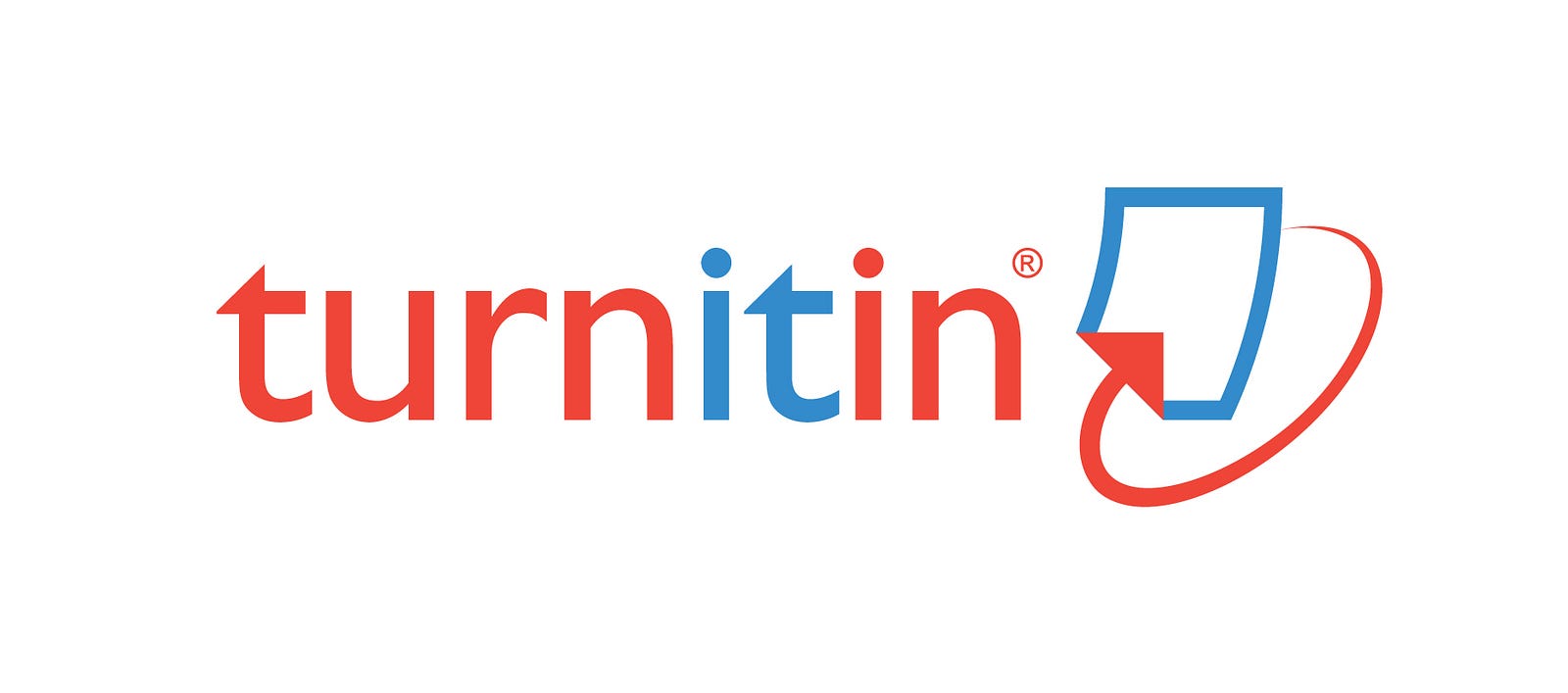ANALISIS PENERAPAN PEMBELAJARAN BERBASIS HOTS PADA PROGRAM KEAHLIAN OTOMATISASI TATA KELOLA PERKANTORAN SMK NEGERI DI KOTA SURAKARTA
Abstract
The objective of the research was to find out: (1) the implementation of HOTS- basedlearning; (2) constraints with the implementation of HOTS-based learning; and (3) solutions taken to deal with the constraints with the implementation of HOTS- based learning. This study was qualitative research with a case study approach. Data source derived from 12 informants coming from SMK Negeri 1 Surakarta, SMK Negeri 3 Surakarta, and SMK Negeri 6 Surakarta, i n c l u d i n g t h e Deputy of Headmaster for Curriculum Division, Chairperson, teachers program, and students of Office Management Automation Specialties program. The techniques of collecting data used were interview, observation, and document analysis. Data validation was carried out using source and method triangulation. Data analysis was carried out using descriptive analytical techniques. The research procedure consisted of pre-field, field, data analysis, and report writing stages. The results of the research were as follows. (1) The implementation of learning in three Vocational High Schools studied applied HOTS-based learning after the use of 2013 curriculum. In the learning preparation stage, the learning implementation plan has been organized entirely and systematically based on the textbook and is oriented toward high-order thinking skills. (2) Constraints found in the implementation of HOTS-based learning were: teachers’ understanding of and preparedness for HOTS-based learning, learning plan and evaluation, and inadequate learning infrastructure. (3) Solutions taken to deal with the constraints included holding socialization and workshop activities related to HOTS- based learning, using varying learning models, and motivating the students.
Keywords
Full Text:
PDFReferences
Abosalem, Y. (2016). Assessment Techniques and Student’ Higher-Order Thinking Skills. International Journal of Secondary Education, 4 (1): 1-11 Diperoleh pada 15 Juni 2019 pada http://www.sciencepublishin ggroup.com/j/ijsedu
Anderson, L.W., & Krathwohl, R. D. (2010). Kerangka Landasan Untuk Pembelajaran, Pengajaran, Dan Asesmen Revisi Taksonomi Pendidikan Bloom. Yogyakarta: Pustaka Pelajar
Conklin, W., & Manfro, J. (2010). Higher order thinking skills to develop 21st century learners. Shell Education Publishing, Inc.Huntington.
Helmawati. (2019). Pembelajaran dan Penilaian Berbasis HOTS Higher Order Thingking Skills. Bandung: PT Remaja Rosdakarya
Krathwohl, D. R. (2002). A revision of Bloom's Taxonomy: an overview – Theory Into Practice,College of Education, The Ohio State University Learning Domains or Bloom's Taxonomy: The Three Types of Learning, tersedia di www.nwlink.com/~donclar k/hrd/bloom.html
Lusyana, E. & Wangge, M. (2016). Increasing Higher Thinking Skill To Build Student’s Character By Using Mathematical Reasoning. Proceeding of 3rd International Conference of Research, Implementation and Education of Mathematic and Sciences. Yogyakarta.
Maleong, L. J. (2012). Metodologi Penelitian Kualitatif. Bandung: Remaja Rosdakarya.
Nugroho, A. (2018). HOTS Kemampuan Berpikir Tingkat Tingg: Konsep, Pembelajaran, Penilaian, dan Soal-soal. Jakarta: PT Gramedia Widiasarana Indonesia.
Rapih, S., & Sutaryadi (2018). Perspektif Guru Sekolah Dasar Terhadap Higher Order Thinking Skills pemahaman, penerapan, dan hambatan. Premiere Educandum: Jurnal Pendidikan Dasar dan Pembelajaran, 8(1) 78 –87. Diperoleh pada 15 Juni 2019, dari http://e- journal.unipma.ac.id/index. php/PE
Refbacks
- There are currently no refbacks.









